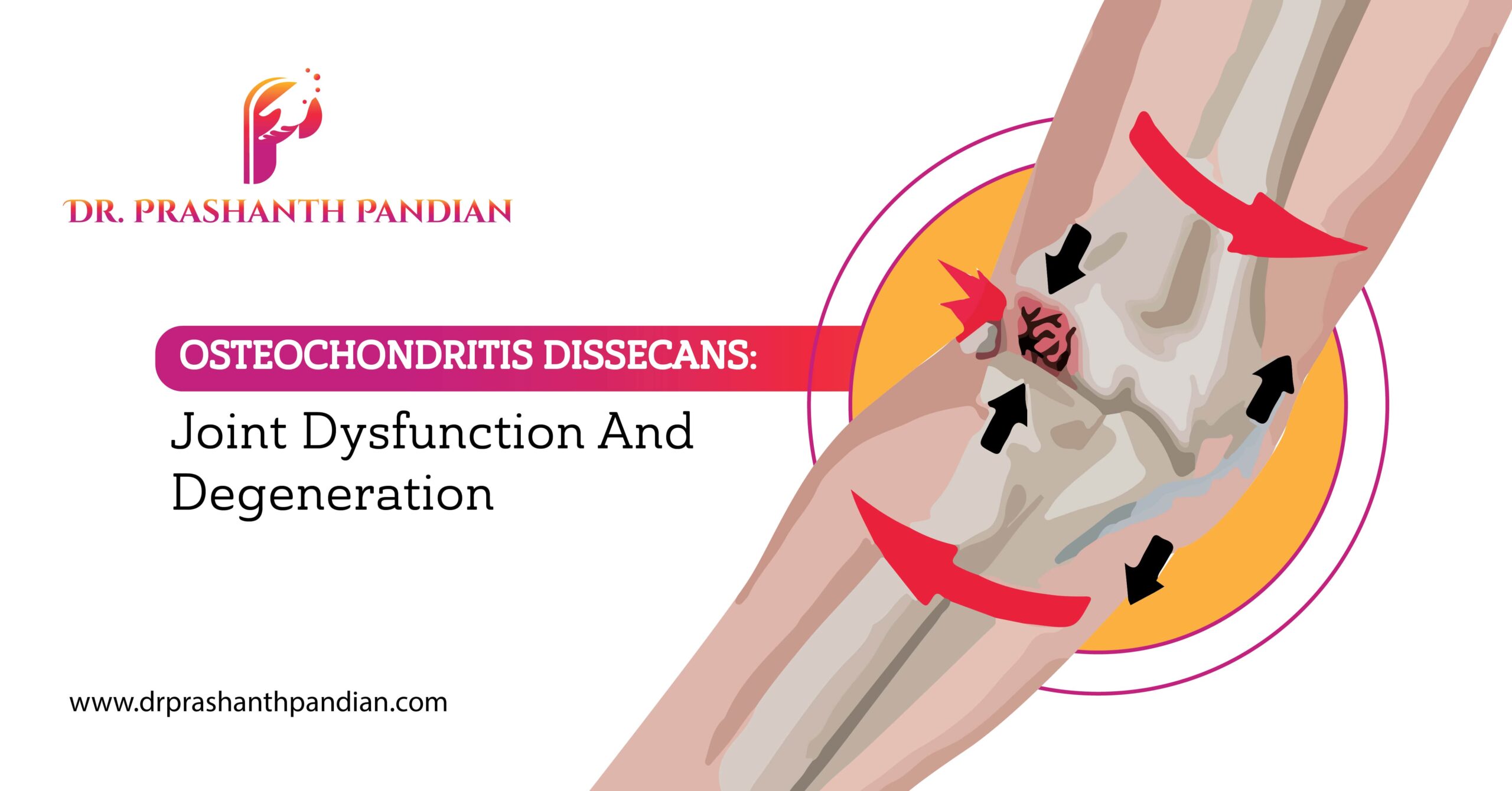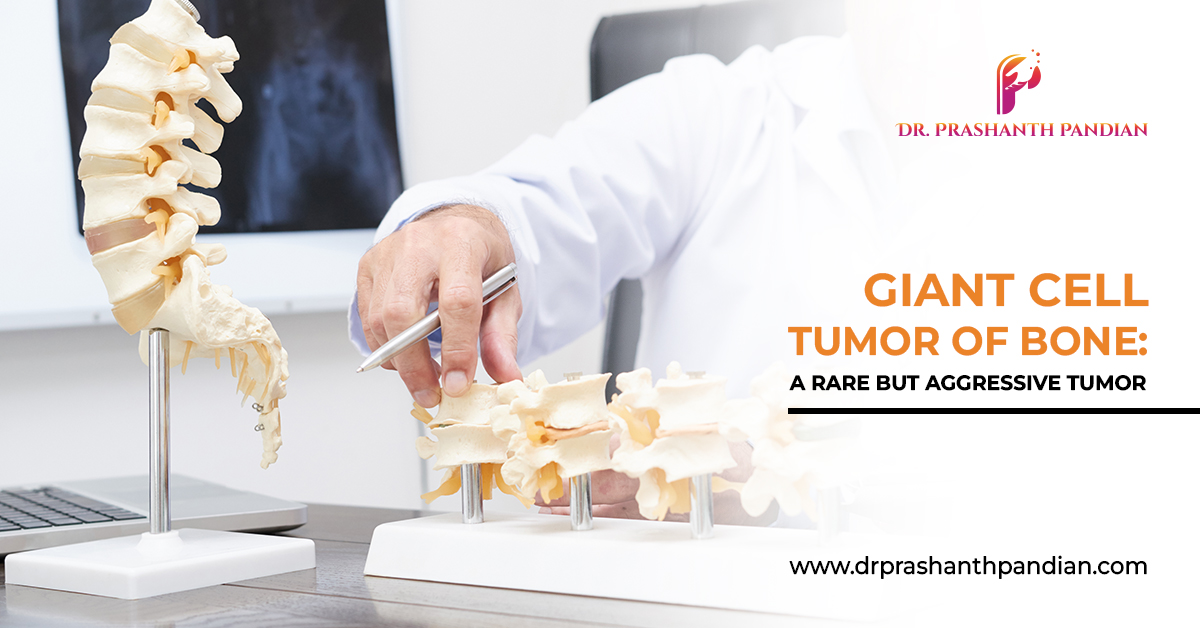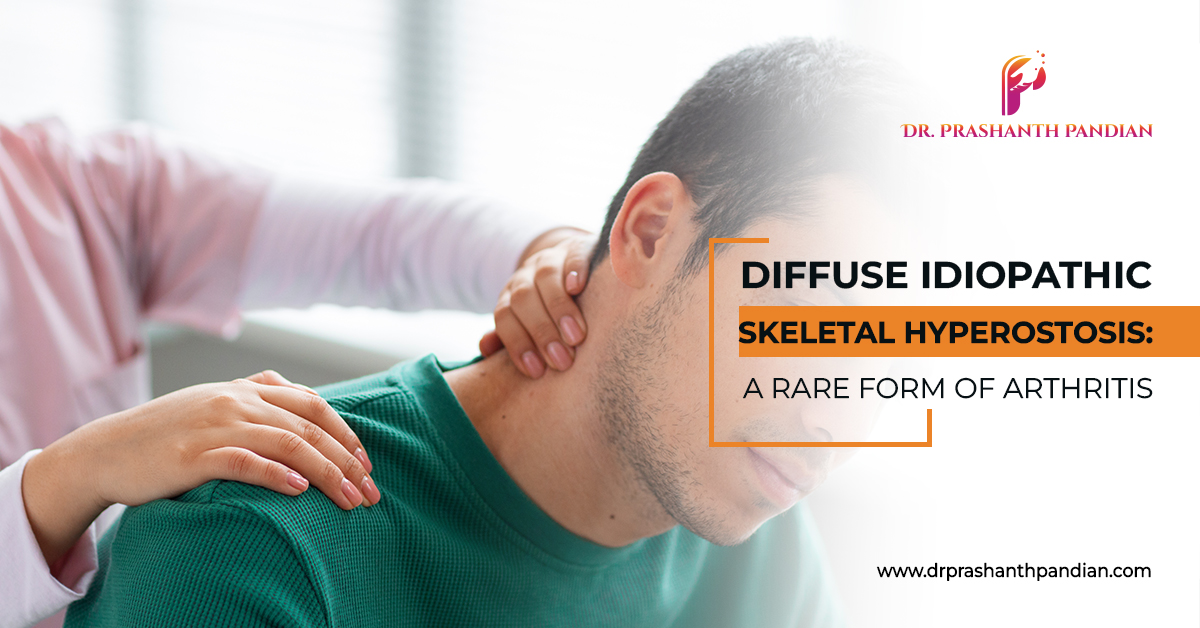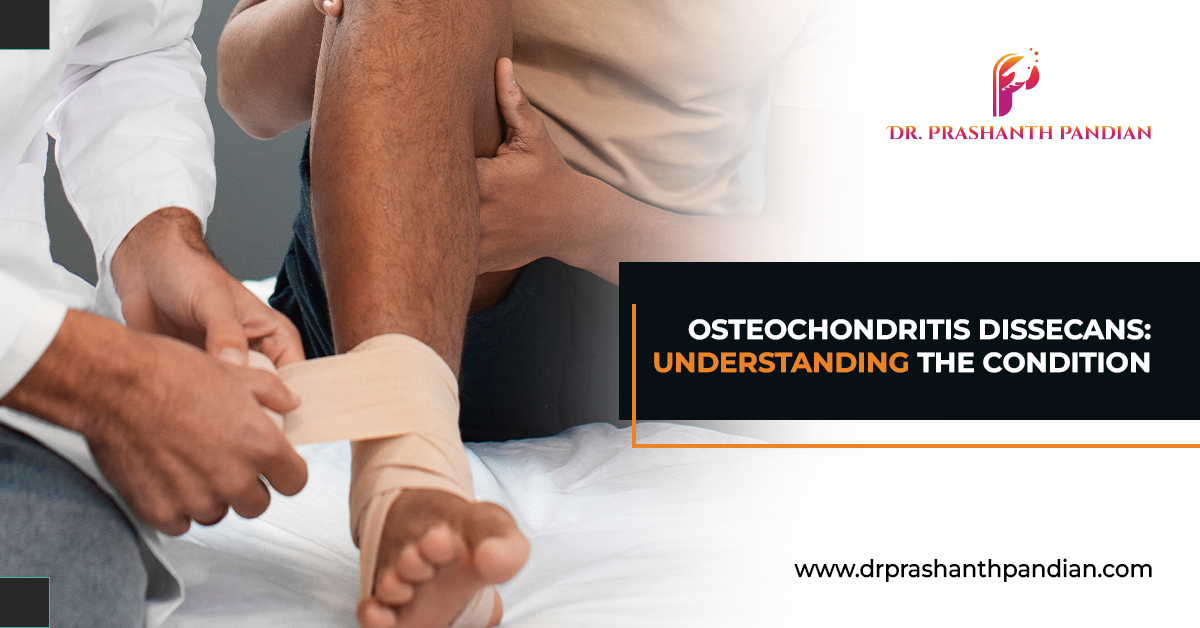Osteochondritis dissecans (OCD) is a condition where the interior of joints, where the ends of bones meet, becomes compromised due to a lack of blood flow. This lack of blood flow causes a small portion of the bone to deteriorate and separate from the larger bone.
This loose bone and cartilage can either remain in place or move around, causing the joint to become unstable. The separation results in a lesion and the entire process can take months or even years to develop, often without immediate symptoms.
OCD commonly affects the knee, elbow, ankle, and femur (thigh bone). Other joints, such as the hip and shoulder, can also be affected. Typically, OCD affects only one joint at a time, a condition known as sporadic osteochondritis dissecans.
The symptoms of OCD vary depending on the joint involved but can include:
- Difficulty fully straightening the affected limb.
- A feeling of instability or weakness in the joint.
- The joint may pop or lock if a loose piece gets caught between bones.
- The area around the joint may become swollen and tender.
- Activities like climbing stairs, running, or participating in sports can exacerbate pain.
The exact cause of osteochondritis dissecans remains unclear. Reduced blood flow to the end of the affected bone could arise from repetitive trauma, involving multiple minor and often unnoticed injuries that harm the bone. Additionally, there may be a genetic predisposition, increasing the likelihood of developing this disorder in certain individuals.
In children and young adolescents, sporadic OCD often resolves on its own as they grow. Rest and avoidance of strenuous activities like running and jumping can help alleviate symptoms. Doctors may recommend over-the-counter pain relievers or anti-inflammatory medications.
The affected joint usually returns to normal function within six to twelve weeks. Young athletes should gradually resume sports with low-impact activities such as yoga, swimming, cycling, or stretching. If recovery is slow, doctors may suggest using crutches or applying a brace, splint, or cast. Physical therapy might also be recommended.
Arthroscopic surgery, involving small incisions, may be necessary for patients with OCD if:
- The detached bone and cartilage exceed 1 centimeter in diameter.
- Tests show that the loose fragments are moving around within the joint.
- Symptoms do not improve with time and rest.
Surgical options include:
- Replacing the damaged bone and cartilage with a transplant from the patient’s own body or a donor.
- Using pins and screws to secure the dislodged bone and cartilage.
- Creating holes in the damaged area to encourage new blood vessel growth and promote healing.
After surgery, patients typically use crutches for about six weeks and undergo physical therapy for two to four months to regain strength and joint mobility. They may be able to resume strenuous physical activity four to five months post-surgery.




